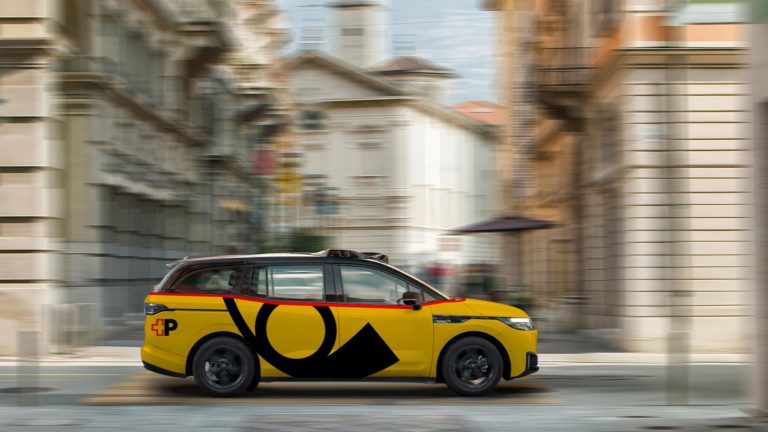
“AmiGo” – Autonomous ride-pooling in Eastern Switzerland
Autonomous electric on-demand mobility by PostBus, launching in Eastern Switzerland in 2027
Initiated-by Post AutoThe goal of the TaaS project is to develop a Digital Twin for the future implementation of Transport as a Service and intelligent ecosystems in business parks. In addition, an economic and legal analysis will complete the digital twin, which will make TaaS implementable on a large scale.




The project Transport as a Service for Smart Business Parks studied the creation of a business park and the collaboration between its different actors.
(see publication, in French)
It successfully created a digital twin of the studied business park, which allows forecasting and planning mobility, energy production/use and costs.
Overall, the project is at an advanced stage where the developed components are successfully interacting with each other and the basis for the implementation of TaaS and smart ecosystems in business parks has been created.
Moreover, results about the mobility inside the park could enable authorities associated to the business park to evaluate and adapt public transport for employees and visitors.
The expertise gained and achievements realized in this project have been applied to various other initiatives.
With the framework set in place in this project and the knowledge learned, the authors can contribute to the economic development of the region by reapplying their “know how” to other business parks or assimilated situations requiring highly automated mobility (indoor and outdoor), energy management, and/or economic forecast.